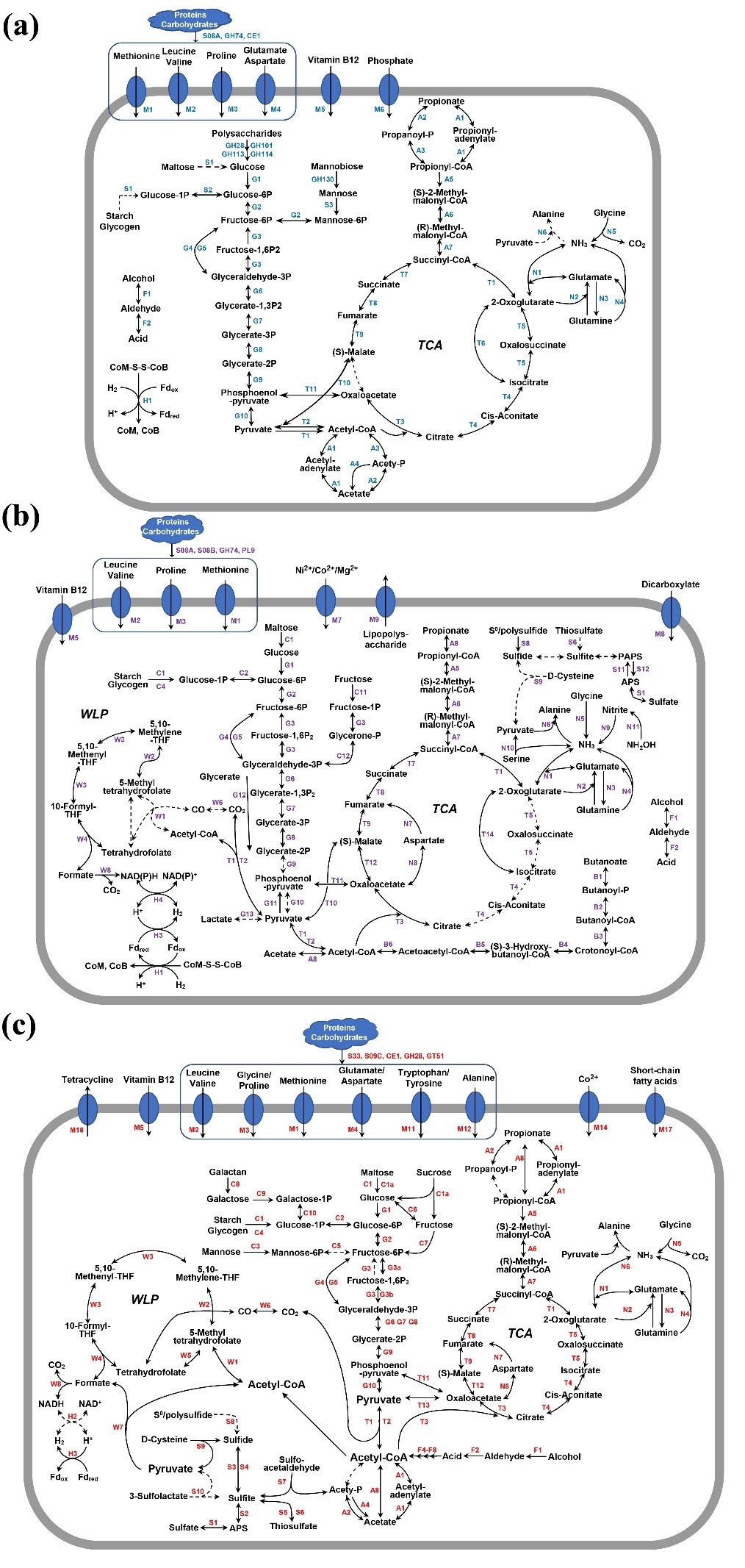With the rapid development of high-throughput sequencing and metagenomic techniques, the diversity of the bacterial tree of life has been greatly expanded, which further highlighted the importance of bacteria in the field of ecology and evolution. However, due to the lack of genomic information, the functions played by bacterial communities in rare biosphere (relative abundance less than 0.1% of the total biomass) have been rarely reported in ecosystems in the past.
Recently, Meng Li’s group from the Institute for Advanced Study of Shenzhen University published a research paper titled ‘Genomic insights into versatile lifestyle of three new bacterial candidate phyla’ in Science China-Life Sciences, which reported three new rare bacterial phyla and revealed their metabolic characteristics and evolutionary history.
Based on the metagenomic, bioinformatic and evolutionary biological analysis, the current study explored the global ecological distribution, physiological metabolic diversity and evolutionary history of three new bacterial candidate phyla, and named them as Candidatus Qinglongiota, Candidatus Heilongiota, and Candidatus Canglongiota, respectively, after the three sea dragon kings in Chinese mythology. The three new bacterial phyla were speculated to prefer oxygen-limited or particle-attached niches, with the potential to utilize various types of sugars, proteins, and/or short-chain fatty acids through anaerobic fermentation or anaerobic respiration processes. This study further expands our knowledge of the bacterial tree of life.

Figure 1 Metabolic reconstruction of the key pathways in the three new phyla
Professor Meng Li from IAS is the corresponding author, and Associate researchers Dr. Xinxu Zhang and Dr. Zongbao Liu from IAS are the co-first authors. This work was supported by the grants from the National Natural Science Foundation of China, the Innovation Team Project of Universities in Guangdong Province, and the Science and Technology Innovation Committee of Shenzhen.
Paper link: http://engine.scichina.com/doi/10.1007/s11427-021-2037-x


